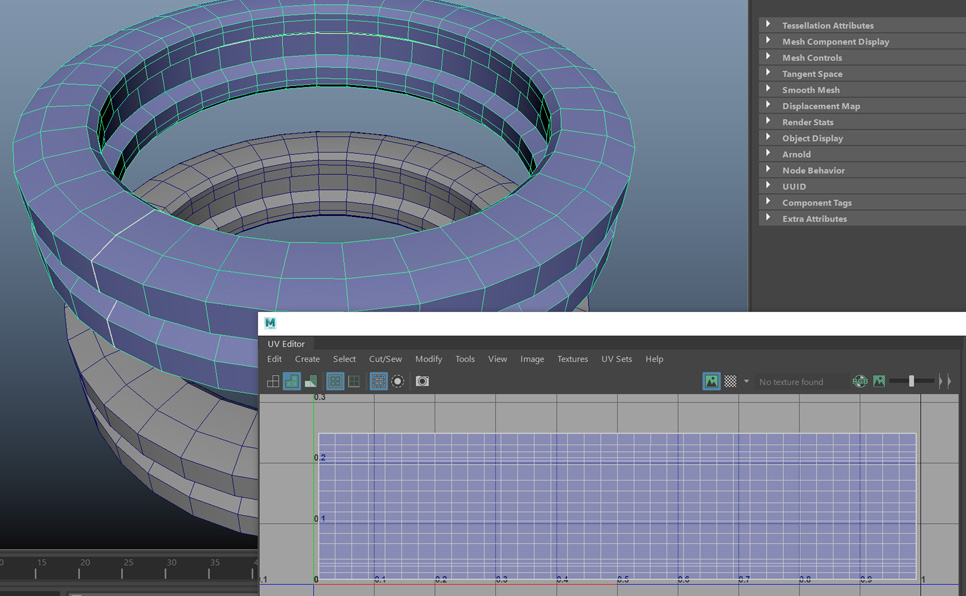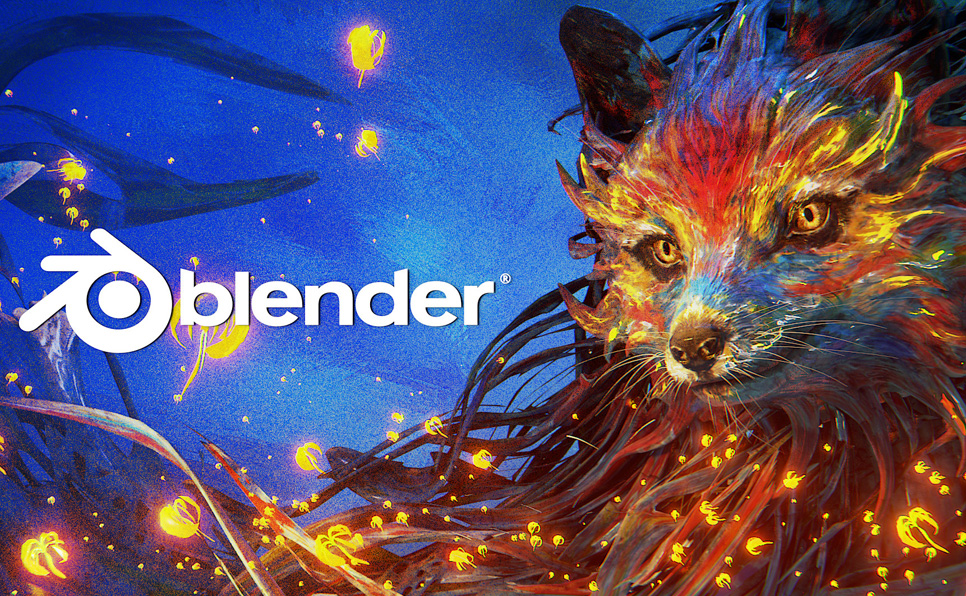If you want to make it in the gaming industry, follow these essentials for improving your game art skills.
Whether you’re an aspiring game artist downloading Blender for the first time or an established industry professional, you know that game art comprises the visual elements of game design that enhance a game’s story, and bring concept artwork to realization by visually building the game’s world.
With every new game development innovation, the video game industry is constantly evolving and it’s no wonder that being a video game artist is a highly sought-after job title.
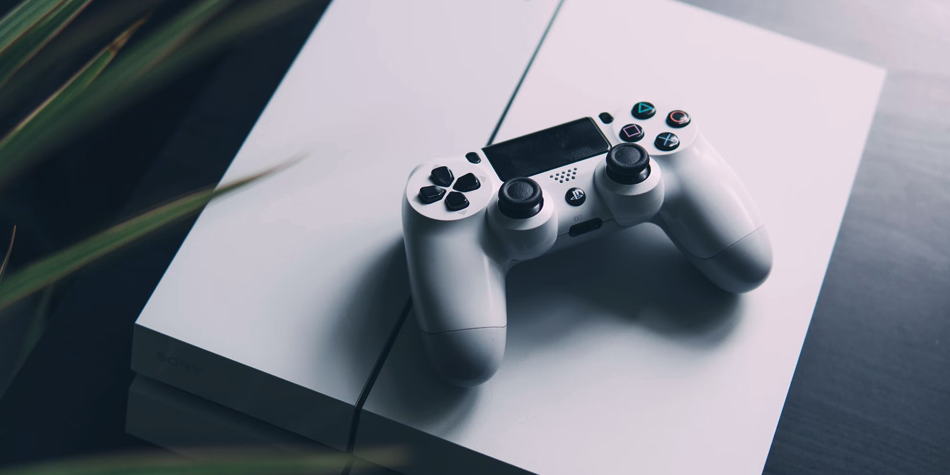
Making high-quality game art also requires that aspiring game artists become very well acquainted with game engines, and make sure their talents don’t get rusty by constantly seeking out new technical knowledge.
Staying up to date with the newest game engines, animation software, technologies, and online tutorials are nothing short of time-consuming, but there are ways that you can become even better at what you do as a game artist while having fun with it too!
Tips to improve your skills
To help with improving your game art, we have compiled some essential tips and tools for all the game artists out there:
Study and learn from other game artists
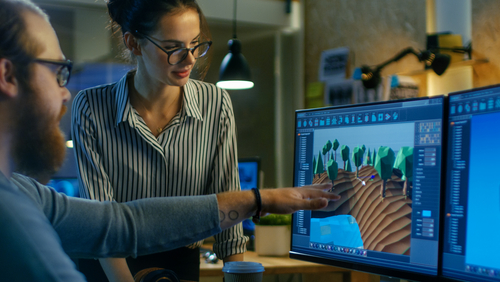
It doesn’t matter whether you’re a 3D generalist, a concept artist, a character artist, or if you spend most of your time in Substance Painter. As many artists know, art of any kind does not exist in a vacuum, and this remains especially true in the games industry.
In fact, learning from and studying the work of game artists is both accessible and highly encouraged – especially if you want to hone your own game art skillset.
You probably already follow your favorite video game artists on YouTube, Artstation, or whatever other content creation platform suits your fancy.
Take a closer look at their work and observe their workflows, techniques, graphic design, color choices, and compositions. Maybe they even have some tutorials on their game development process, which you can implement in your own work.
Don’t get rusty- practice regularly
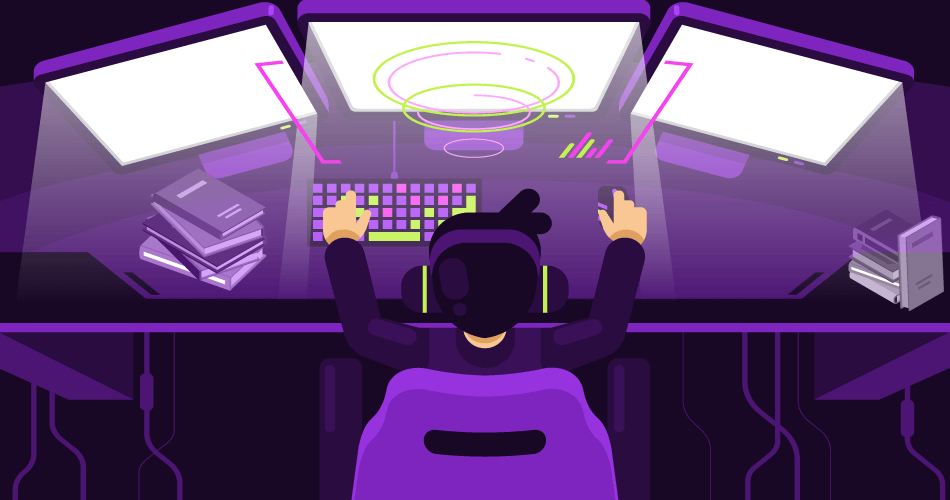
Game art requires a technical skillset outside of traditional art skills such as software-specific knowledge that is needed to create visuals optimized for any number of game engines. If you have space in your busy schedule you can even set aside time for personal projects to experiment with new techniques, tools, and aesthetics.
Finding projects that interest you and help you engage your color theory, anatomy, lighting, and perspective knowledge will help you practice creating visually appealing game art.
Use references for your game art
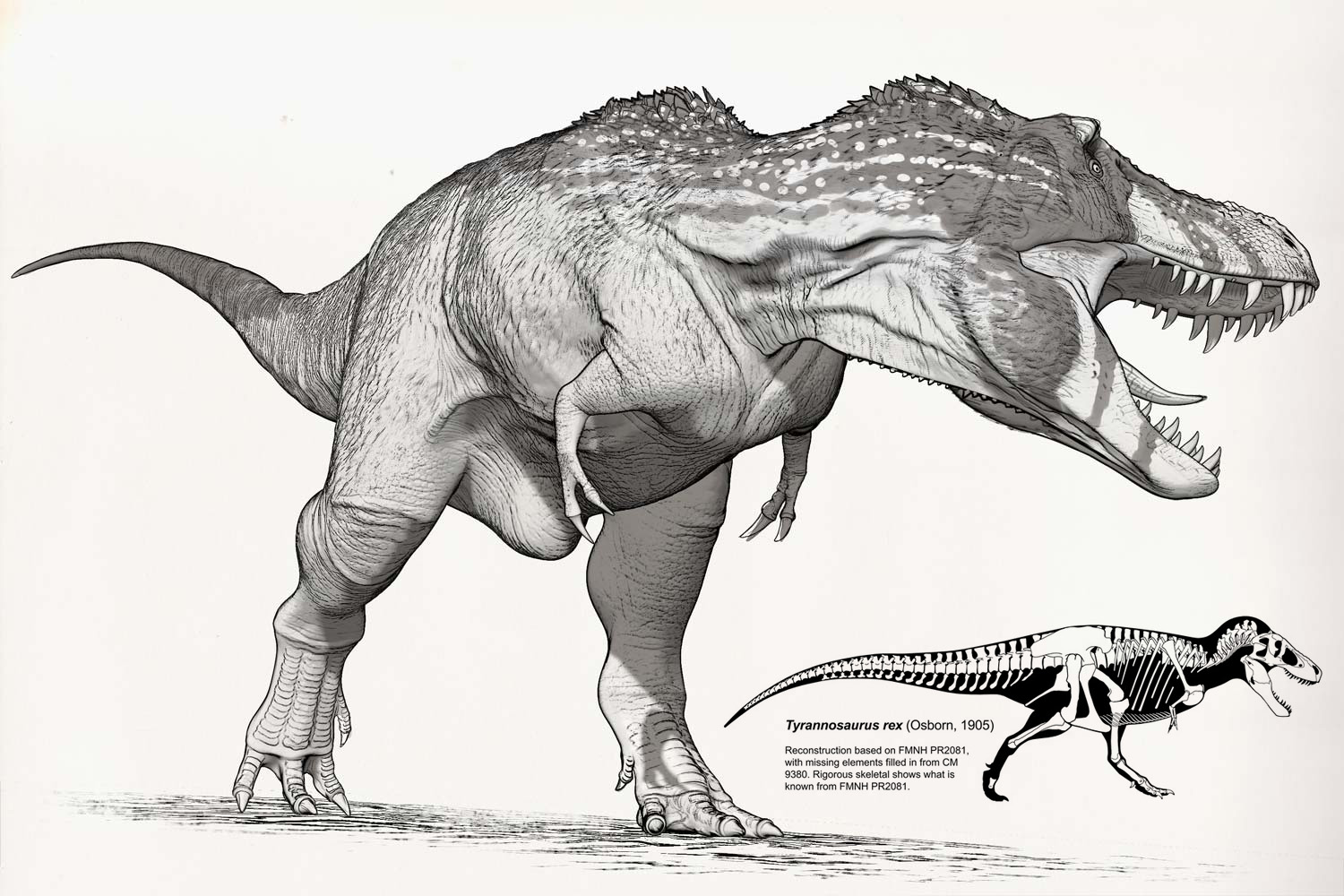
We cannot stress this enough – references are your best friend as a game artist. If you’re going for realism in your game art, you can find thousands of free, high-quality reference images made from real-life scans in the Quixel mega scans library.
If you’re going for a specific art style, however, or primarily drawing references for concept art, try creating a Pinterest board that matches the aesthetic you’re aiming for. Other online communities such as Polycount, CG Society, and Artstation are all great places to find game art references and other resources.
Find your game development community
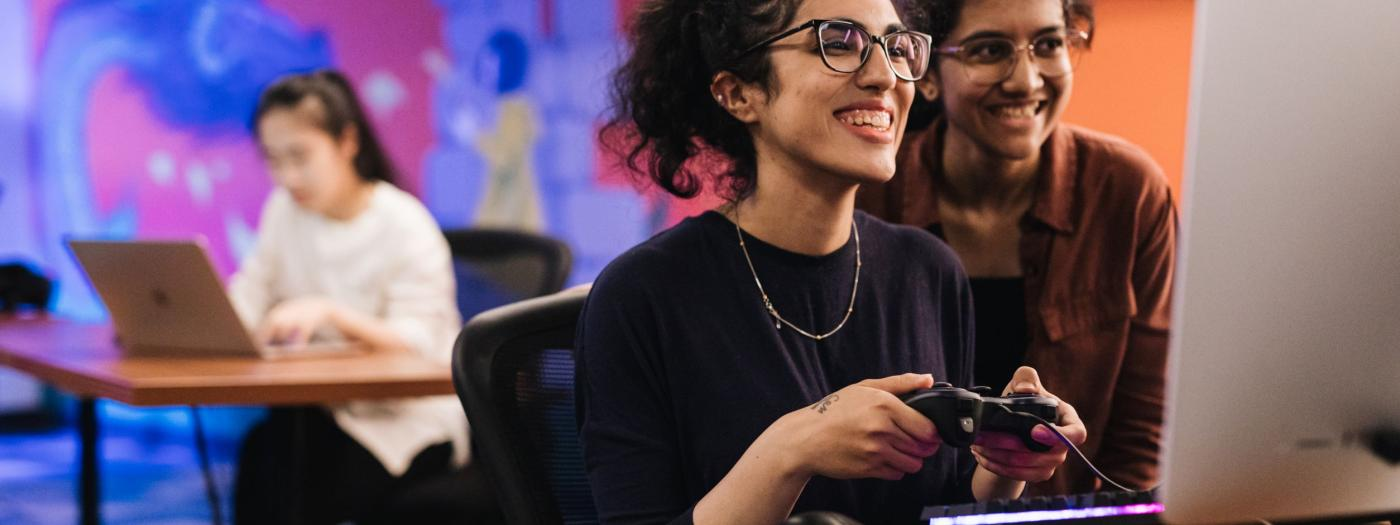
We’re not going to give you the whole “teamwork makes the dream work” speech, but collaborating with other game developers and game artists can provide you with opportunities to learn new techniques and approaches to help improve your craft.
Feedback is priceless, which plenty of other artists will be happy to provide – all you have to do is put your work out there and ask for people’s opinions! You might even meet someone who is looking for a game artist to create the visual elements of their indie game.
If you’ve been struggling with finding your game development community, here are a few groups, blogs, forums, and servers you can start with:
- Vertex Mode is a creative blog and community for digital artists and other creators
- Discord Game Dev League
- Facebook IndieGameDevs
- Artstation
- Reddit r/gamedev
Attend Game Art Conferences and Events

Make sure to double check if you can attend in-person or online- Conferences and events such as the Game Developers Conference (GDC), Siggraph, and PAX offer opportunities to learn new methods for creating quality art and animations for all kinds of video games under tight deadlines.
If you’re looking to improve your game art skills, meet new people, and experience making a video game in a short time frame, attending a game jam might be right for you. Here are some of our favorite game jams for all game artist levels:
- Global Game Jam requires you to be physically present and is held around January every year at each of its respective locations
- Ludum Dare is an online game jam that happens every April and October
- Itch.io lets you host and/or participate in game jams online. Browse jams that are starting soon and find one that aligns with your game art goals.
Stay up-to-date on the newest game art tools
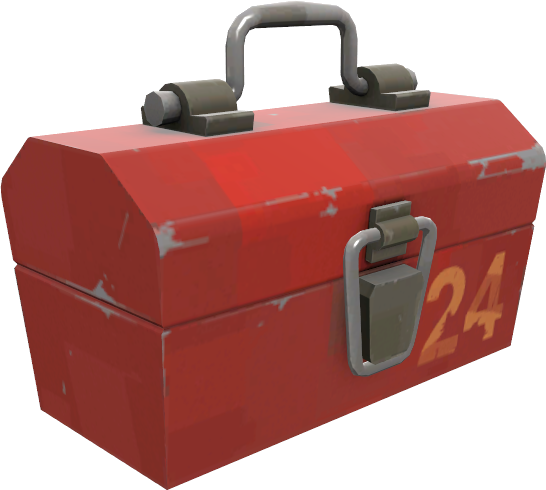
Love learning about the latest game art techniques and technologies, but hate sifting through convoluted technical documentation? Keep your knowledge fresh by following the social media accounts of game art tool providers.
From Blender to Unreal Engine, you can bet that there is someone behind that Twitter account methodically informing their followers of every software update, new feature, bug fix, tutorial, and any other resource relevant to game artists and developers.
Don’t forget to try out some of these new game art tools and features instead of just reading about them!
Take care of your mental and physical health

There’s no way around it – creating art for video games often involves sitting long hours in a dark room in front of computer screens.
As engrossing as adding the finishing touches to a scene or sculpt may be, make sure you pull yourself away from your work every few hours to stretch, nourish yourself, drink water, absorb sunlight, and socialize.
You’re not going to get anywhere if you’re not taking care of your physical and mental health, but if you’re really cutting it close to a deadline or a personal goal, keep some protein bars, oranges, bananas, and Gatorade at your work station to tie you over until you can take a break.
Conclusion
If you follow these tips we have provided and put in the effort to improve your game art, success will be right around the corner.
Although practice makes perfect, don’t give up if it takes some time for things to start coming together How long did it take you to find success with your game art? Art is a very personal thing so finding what works best for you may involve some trial and error.
The great thing about being an artist is that there are no rules – except of course if you want to get paid for your work! In order to make money from your craft, then certain industry standards must be met.
But other than that feel free to let your creativity run wild! Do you have any other advice or tips for game artists just starting out?
Let us know in the comments below or check out our other articles for more information on building a successful career in video games.
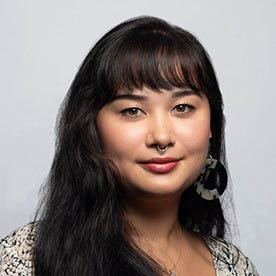
Allegra is a Brooklyn-based writer and technical and visual artist with a passion video games.
